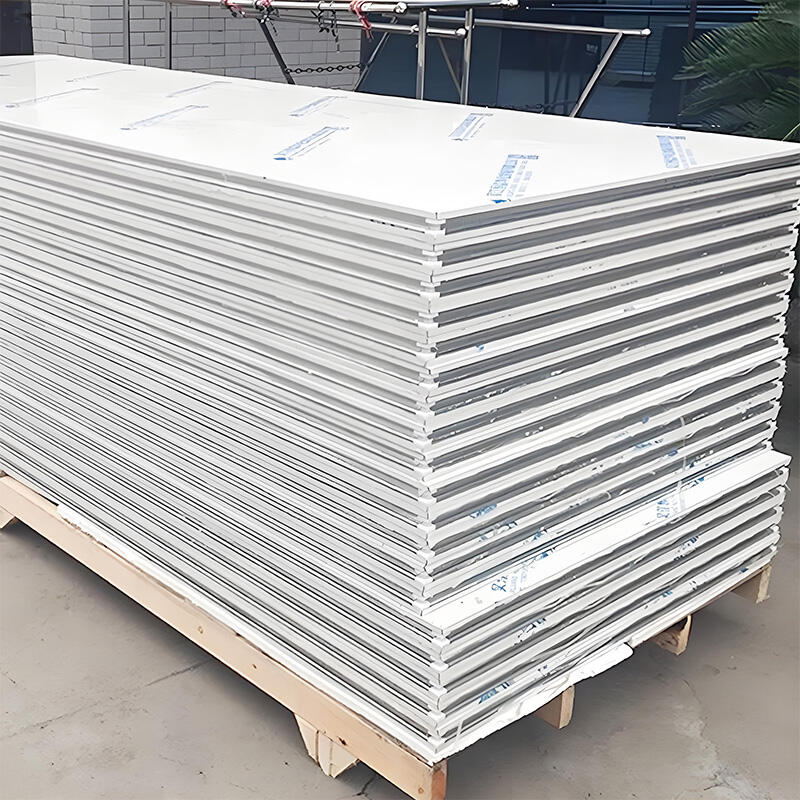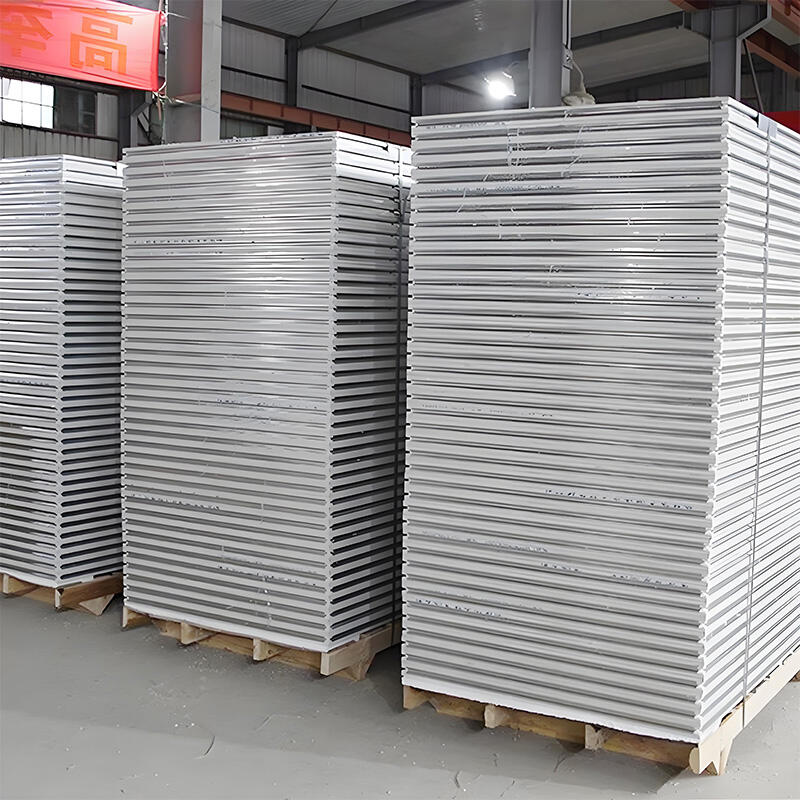Understanding Fire Performance in Modern Building Materials
The construction industry has witnessed remarkable advancements in building materials, with EPS sandwich panels emerging as a popular choice for various applications. These versatile panels combine structural integrity with excellent insulation properties, but their fire resistance capabilities often raise important questions among architects, contractors, and building owners.
EPS sandwich panels consist of an expanded polystyrene core sandwiched between two metal or composite facing materials. While the insulation properties of these panels are well-documented, understanding their fire resistance characteristics is crucial for making informed decisions about building safety and compliance with construction regulations.
Core Components and Fire Behavior
Material Composition Analysis
EPS sandwich panels feature a sophisticated construction that directly influences their fire performance. The expanded polystyrene core is manufactured through a specialized process where polystyrene beads are expanded using steam and pressure. This creates a lightweight yet effective insulating material. The outer facings, typically made from steel, aluminum, or other fire-resistant materials, play a crucial role in protecting the core and enhancing overall fire resistance.
The quality of materials used in EPS sandwich panels significantly impacts their fire performance. Premium panels incorporate fire-retardant additives within the EPS core, which help to inhibit flame spread and reduce smoke generation during exposure to fire. The thickness and type of metal facings also contribute to the panel's ability to maintain structural integrity under high temperatures.
Fire Behavior Mechanisms
When exposed to fire, EPS sandwich panels demonstrate specific behavioral patterns that building professionals must understand. The metal facings act as the first line of defense, providing a barrier against direct flame contact. The EPS core, while combustible, benefits from the protection offered by these facings, which helps maintain the panel's structural integrity for a designated period.
During fire exposure, properly manufactured EPS sandwich panels with fire-retardant properties will typically char rather than immediately ignite. This charring process actually creates an additional protective layer that can help slow the progression of fire through the material. However, the performance duration varies based on panel specifications and fire exposure conditions.

Testing and Classification Standards
International Fire Testing Protocols
EPS sandwich panels undergo rigorous testing to evaluate their fire resistance capabilities. These tests measure various aspects including flame spread, smoke development, and structural integrity under fire conditions. Major testing standards include ASTM E84, BS EN 13501, and ISO 13784, each providing specific criteria for evaluating fire performance.
Test results provide crucial data about how EPS sandwich panels perform in different fire scenarios. This includes information about the time it takes for the panel to lose structural integrity, the rate of flame spread, and the amount of smoke generated. These factors contribute to the overall fire resistance rating assigned to specific panel types.
Classification Systems and Ratings
Fire resistance ratings for EPS sandwich panels are typically expressed in minutes, indicating how long the panel can maintain its structural integrity and insulation properties during a standardized fire test. Common ratings range from 15 to 120 minutes, depending on panel composition and thickness.
Different countries maintain their own classification systems for fire resistance, though there are efforts to harmonize these standards internationally. Understanding these classifications is essential for specifying appropriate panels for different building applications and ensuring compliance with local building codes.
Design Considerations for Enhanced Fire Safety
Architectural Integration Strategies
Maximizing the fire resistance of EPS sandwich panels begins at the design phase. Architects must consider factors such as panel orientation, joint details, and interface with other building components. Proper attention to these elements can significantly enhance the overall fire safety performance of the building envelope.
Strategic placement of fire stops and barriers, along with careful detailing of panel joints and penetrations, helps create a more robust fire-resistant building system. These design elements work in conjunction with the inherent fire resistance properties of the panels to provide comprehensive protection.
Installation Best Practices
Proper installation is crucial for ensuring that EPS sandwich panels achieve their rated fire resistance performance. This includes correct fixing methods, appropriate sealing of joints, and proper integration with fire stopping systems. Experienced installers understand the importance of maintaining the integrity of vapor barriers and thermal breaks while ensuring fire safety requirements are met.
Regular inspection and maintenance of installed panels help maintain their fire resistance capabilities over time. This includes checking for damage to panel surfaces, ensuring joint seals remain intact, and verifying that fire stops and barriers remain properly positioned and functional.
Frequently Asked Questions
How long can EPS sandwich panels maintain their fire resistance?
The fire resistance duration of EPS sandwich panels varies depending on their construction and certification. Properly manufactured and installed panels can maintain their fire resistance properties for 15 to 120 minutes, depending on their specific rating and the severity of fire exposure. Regular maintenance and inspection help ensure these properties remain effective throughout the building's lifetime.
Are there special maintenance requirements for maintaining fire resistance?
While EPS sandwich panels are generally low-maintenance, regular inspections are recommended to ensure their fire resistance capabilities remain intact. This includes checking for physical damage, ensuring joint seals are maintained, and verifying that fire stops and barriers remain properly positioned. Any damage should be promptly repaired by qualified professionals using approved materials and methods.
What factors influence the fire resistance rating of EPS sandwich panels?
Several key factors determine the fire resistance rating of EPS sandwich panels, including core thickness, type and thickness of metal facings, quality of fire-retardant additives in the EPS core, and overall panel construction. The manufacturing process, quality control measures, and compliance with relevant building standards also play crucial roles in determining the final fire resistance rating.


